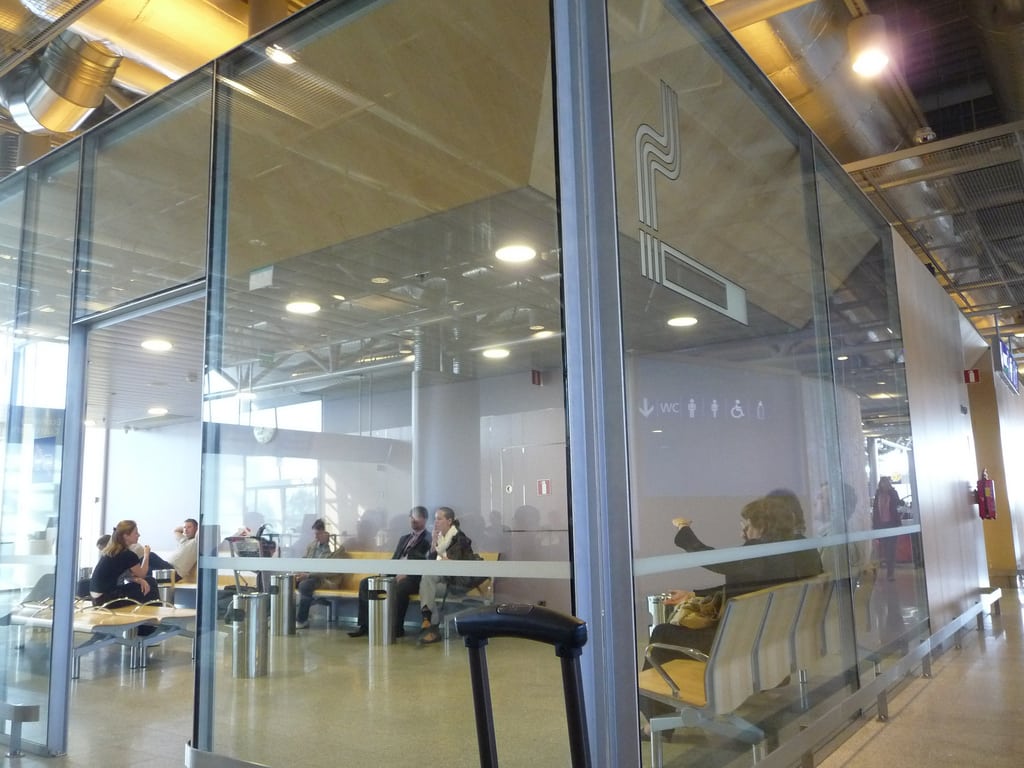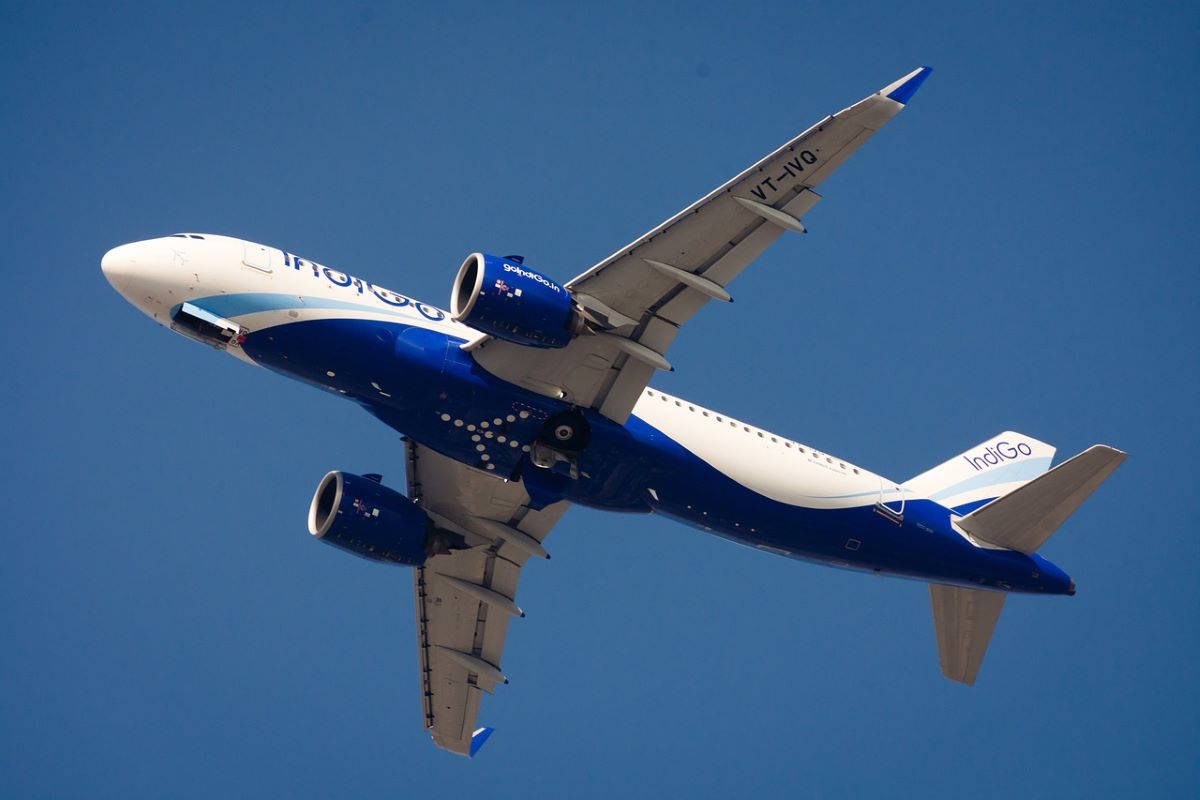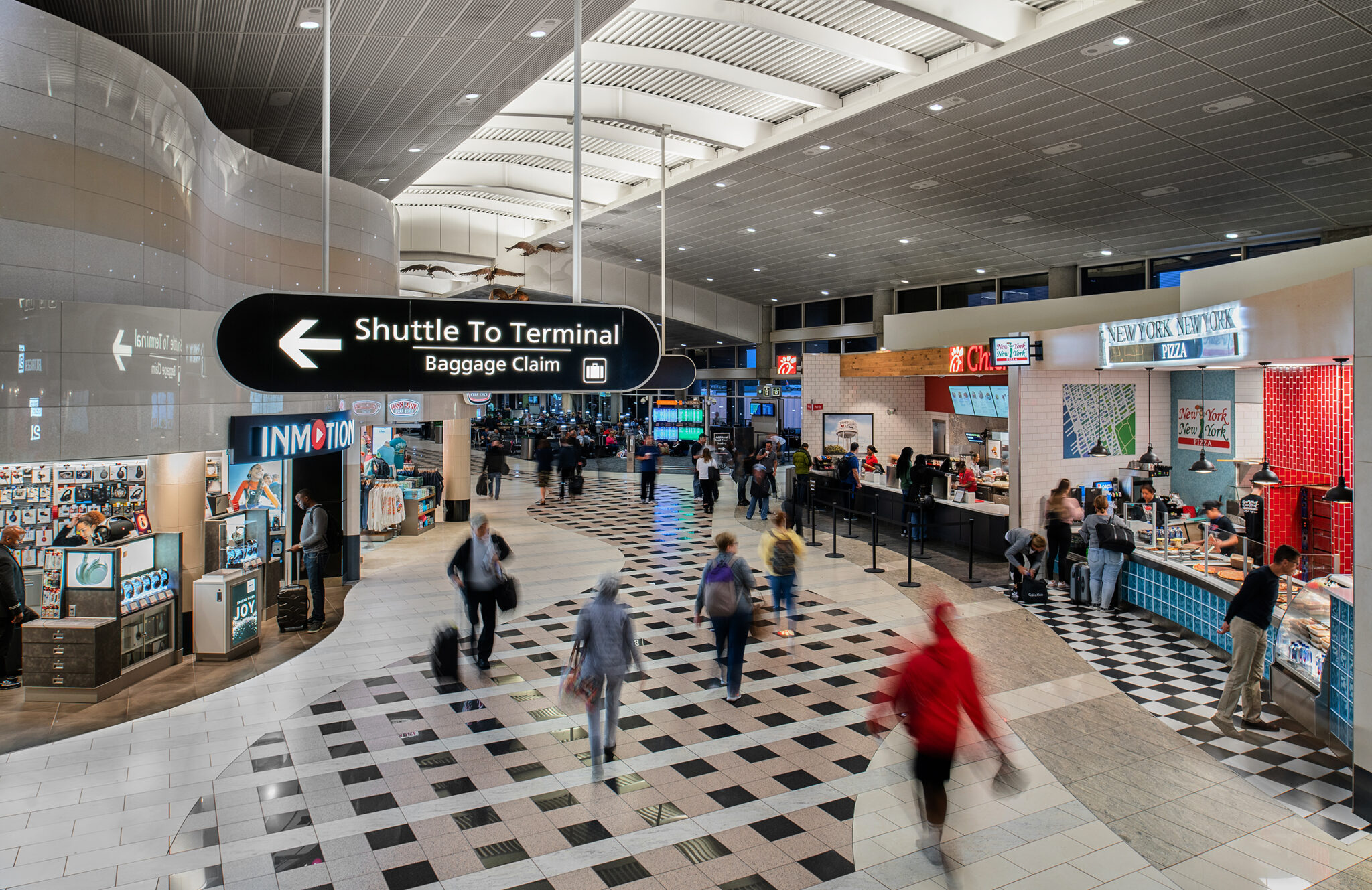Airports' designated smoking areas do little to protect others from secondhand smoke

Skift Take
Average air pollution levels from secondhand smoke directly outside designated smoking areas in airports are five times higher than levels in smoke-free airports, according to a study by the Centers for Disease Control and Prevention. The study conducted in five large hub U.S. airports also showed that air pollution levels inside designated smoking areas were 23 times higher than levels in smoke-free airports. In the study, designated smoking areas in airports included restaurants, bars, and ventilated smoking rooms.
Five of the 29 largest airports in the United States allow smoking in designated areas that are accessible to the public. The airports that allow smoking include Hartsfield-Jackson Atlanta International Airport, Washington Dulles International Airport, McCarran International Airport in Las Vegas, Denver International Airport, and Salt Lake City International Airport. More than 110 million passenger boardings—about 15 percent of all U.S. air travel—occurred at these five airports last year.
"The findings in today's report further confirm that ventilated smoking rooms and designated smoking areas are not effective," said Tim McAfee, M.D., M.P.H., director of CDC's Office on Smoking and Health. "Prohibiting smoking in all indoor areas is the only effective way to fully eliminate exposure to secondhand smoke."
A 2006 Surgeon General's Report concluded that there is no risk-free level of exposure to secondhand smoke.
Although smoking was banned on all U.S. domestic and international commercial airline flights through a series of federal laws adopted from 1987 to 2000, no federal policy requires airports to be smoke-free.
"Instead of going entirely smoke-free, five airports continue to allow smoking in restaurants, bars or ventilated smoking rooms. However, research shows that separating smokers from nonsmokers, cleaning the air and ventilating buildings cannot fully eliminate secondhand smoke exposure," said Brian King, Ph.D., an epidemiologist with CDC's Office on Smoking and Health and co-author of the report. "People who spend time in, pass by, clean, or work near these rooms are at risk of exposure to secondhand smoke."
Secondhand smoke causes heart disease and lung cancer in nonsmoking adults and is a known cause of sudden infant death syndrome or SIDS, respiratory problems, ear infections, and asthma attacks in infants and children. Even brief exposure to secondhand smoke can trigger acute cardiac events such as heart attack. Cigarette use kills an estimated 443,000 Americans each year, including 46,000 heart disease deaths and 3,400 lung cancer deaths among nonsmokers from exposure to secondhand smoke.
For any query with respect to this article or any other content requirement, please contact Editor at [email protected].
© EturboNews, Inc. Provided by Syndigate.info an Albawaba.com company.
![]()




